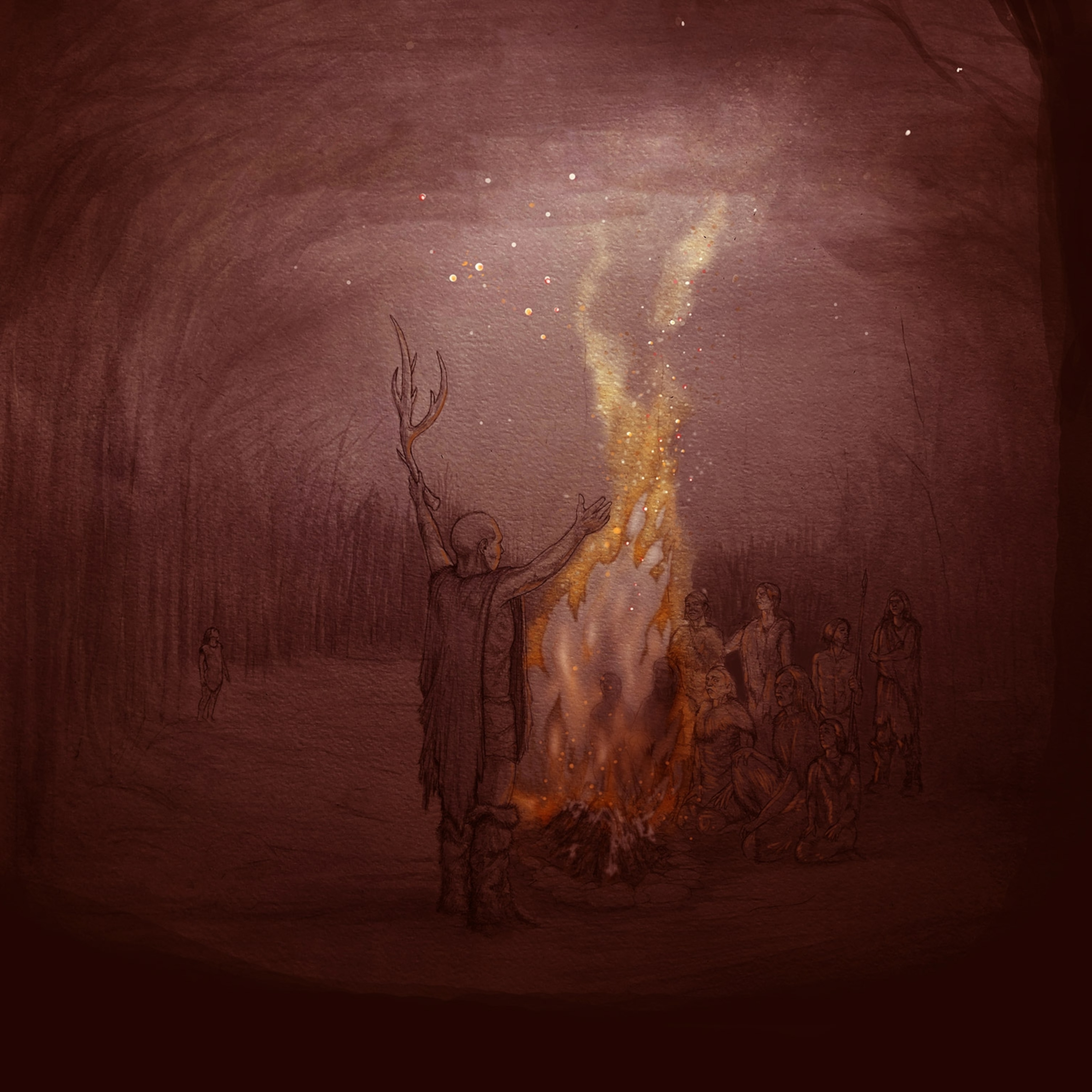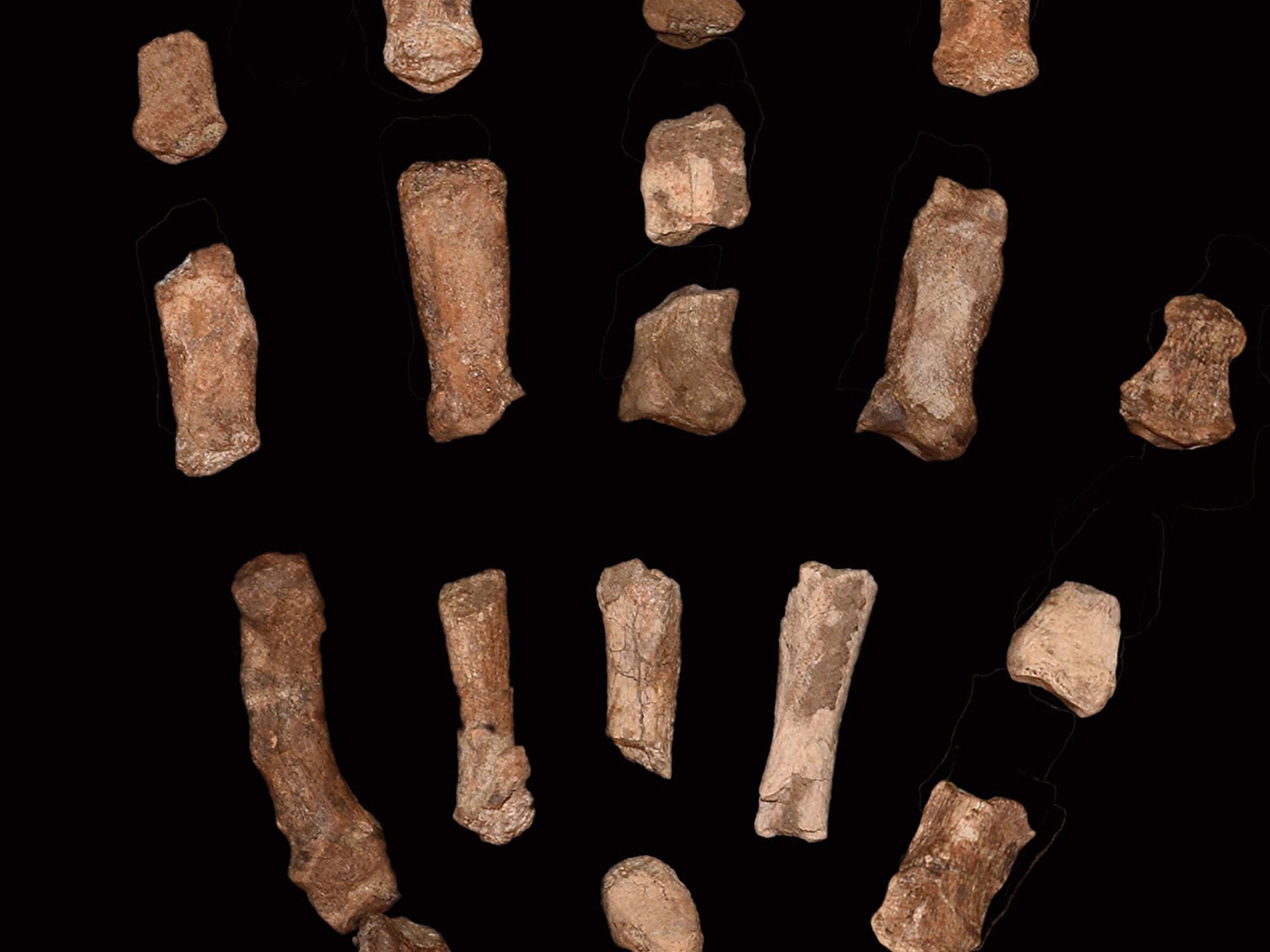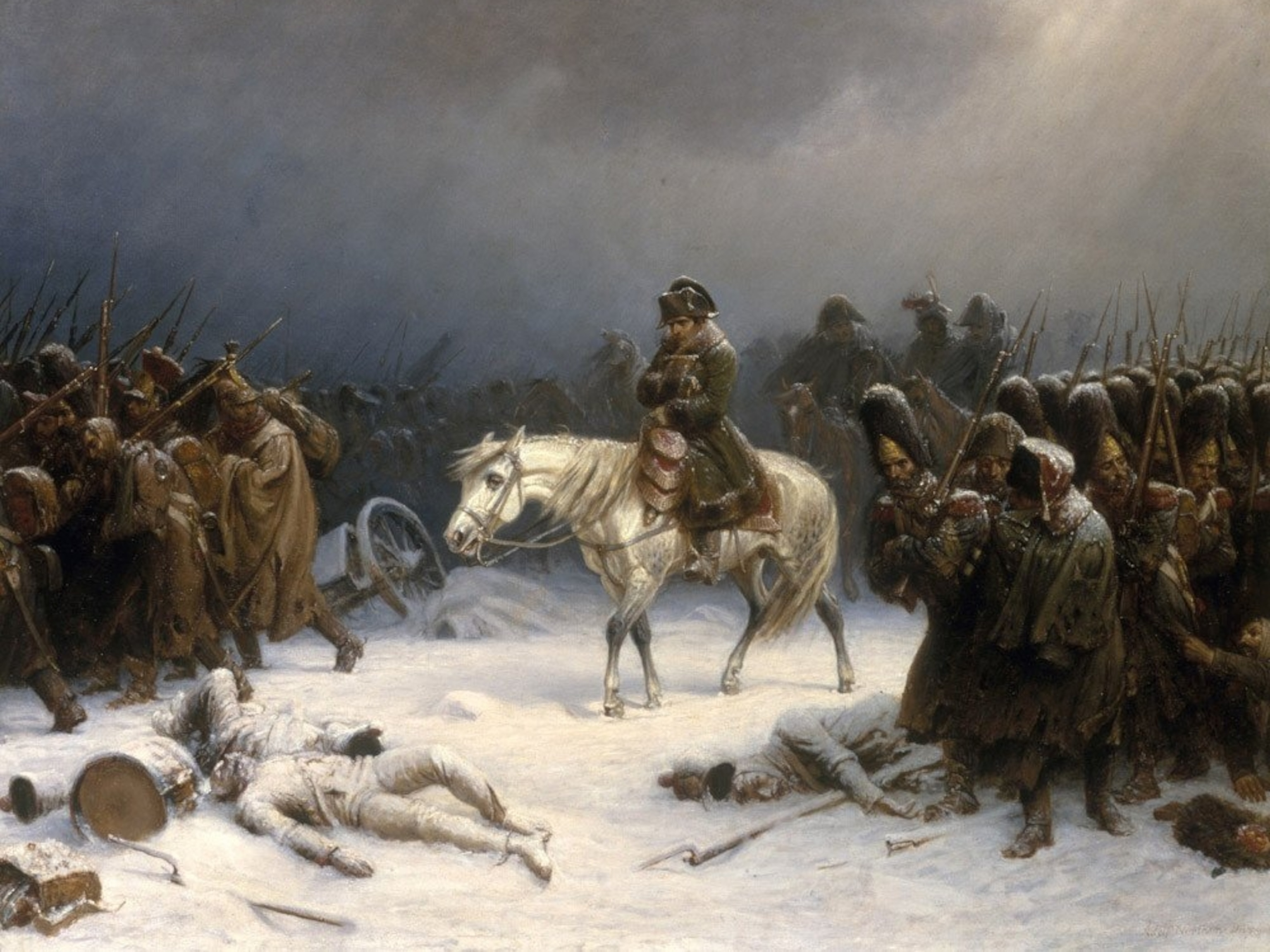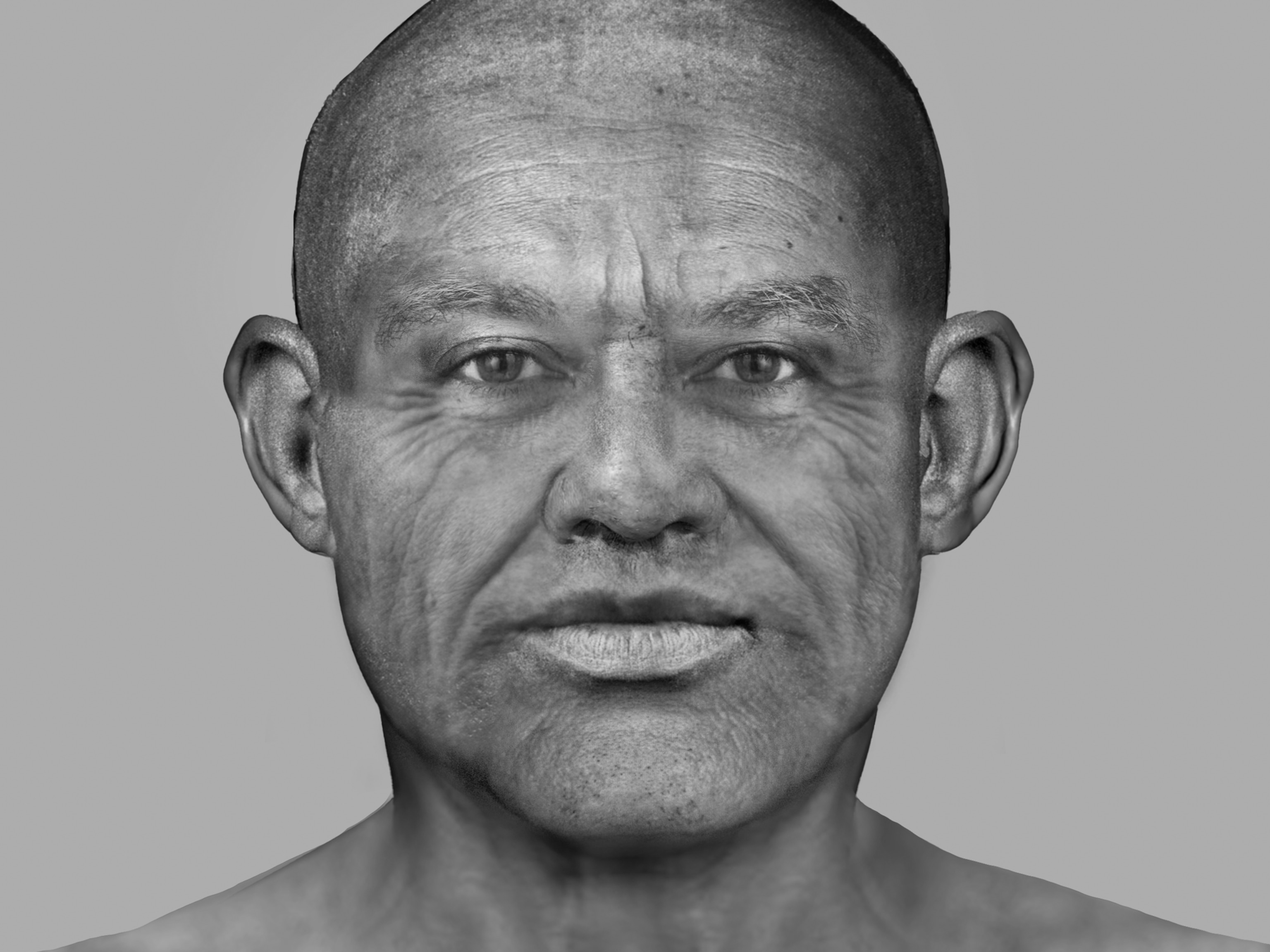
DNA Reveals Mysterious Human Cousin With Huge Teeth
A new genetic analysis suggests that the recently discovered Denisovans lived in Eurasia for millennia.
The analysis of a fossil tooth from Siberia reveals that a mysterious people known as Denisovans, discovered a mere five years ago, persisted for tens of thousands of years alongside modern humans and Neanderthals.
The find underscores that our Homo sapiens ancestors shared the Eurasian continent with other human-like populations. For hundreds of thousands of years, modern humans lived alongside Neanderthals, a sister hominid species that died out about 40,000 years ago. Denisovans appear to have shared some of that territory as well.
The new study, published Monday in the Proceedings of the National Academy of Sciences, marks an important step in scientists’ understanding of where Denisovans fit in the human family tree.
In 2010, teams of geneticists and anthropologists led by Svante Pääbo of the Max Planck Institute for Evolutionary Anthropology announced strange DNA sequences recovered from a finger bone and molar found in the remote Denisova cave, in Siberia’s Altai Mountains.
“It’s an amazing place,” says Pääbo, “because it’s actually the only place in the world where we know that three different groups of humans with very different histories all lived.”
The DNA from the previously analyzed finger bone and tooth show that Denisovans left their mark on modern humans, contributing about five percent of the genome of modern Melanesians, who live in Papua New Guinea and other parts of the Pacific.
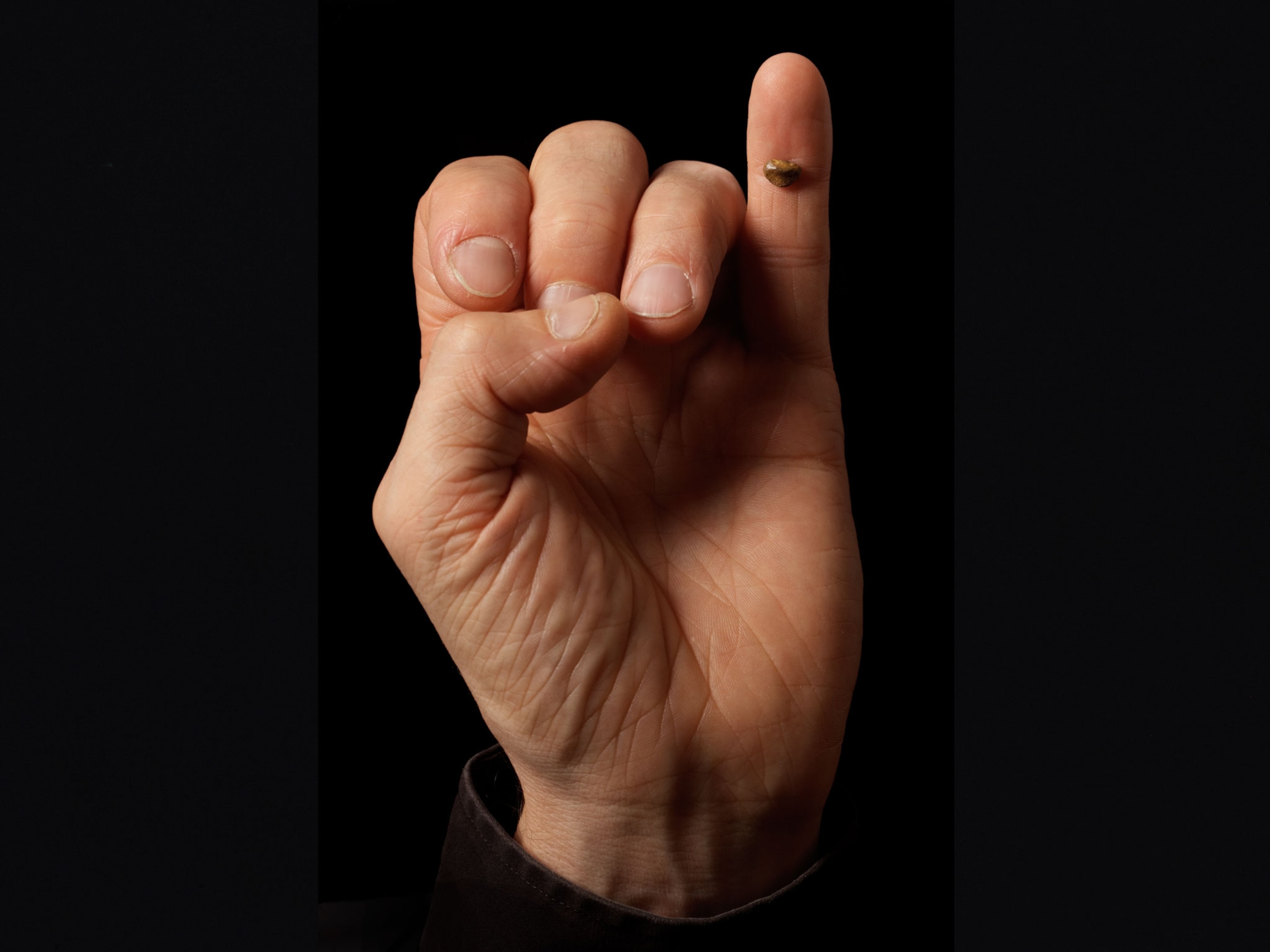
Missing Cousin
But researchers still knew next to nothing about the hominids, other than their existence and the genetic shadow they cast on the present. Who were the Denisovans? How long were they in the Altai Mountains? And did Denisovans really have such massive teeth, or did researchers happen upon a biological oddity?
Thankfully, Denisova cave had more to say on the matter. In 2010, researchers found a second wisdom tooth, buried deep in the back of the cave. The dental analysis fell to Bence Viola, an anthropologist of the University of Toronto who had examined the first Denisovan wisdom tooth and initially mistook it for the tooth of a cave bear, given its size and huge, splayed roots.
Viola found that the two teeth were consistent with one another and different from those of modern humans and Neanderthals—strongly suggesting for the first time that large teeth were part of the Denisovan package.
Though it’s difficult to say what large-toothed Denisovans would have looked like—wisdom teeth have notoriously variable shapes—there’s little doubt that “large teeth with massive roots would probably require massive jaws,” says Viola.
DNA Mystery
The results also underscore the innovative genetics that anthropologists are increasingly using to pull back the veil of time. “This is a great paper that represents the new cutting-edge science of paleoanthropology,” says Pontus Skoglund, a postdoctoral researcher at Harvard University who wasn’t involved with the study.
Susanna Sawyer of the Max Planck Institute for Evolutionary Anthropology led the genetic effort to describe and date the recently found tooth.

Her team homed in on the tooth’s mitochondrial DNA, a portion of genetic material that holds up better in fossils over time.
But finding a clean piece of Denisovan DNA wasn’t easy. Sawyer and Pääbo had to identify and rule out contamination from modern humans, modern and ancient bacteria, and ancient hyenas, which seem to have long prowled the cave.
Once Sawyer had the new tooth’s mitochondrial DNA in hand, she was able to verify that it indeed was Denisovan. The new DNA also allowed Sawyer to reconstruct the mitochondrial genome of the common ancestor of the three individuals found in the cave.
The common ancestor’s DNA provided the team with an important baseline, calibrating a genetic stopwatch that accrues mutations with each tick. Denisovans who died closer to the common ancestor’s time would have fewer mutations in their genomes than more recent Denisovans would. Sawyer found that the recently discovered tooth had half the number of mutations of the other remains, suggesting it was older.
The discrepancy suggests that the Denisovan to whom the tooth belonged lived about 60,000 years before the individuals who left behind the finger bone and the other tooth. At a minimum, this miniature family tree shows that the Denisovans were a single biological group that sporadically inhabited the region for at least as long as modern humans have.
“The world at that time must have been far more complex than previously thought,” says Sawyer. “Who knows what other hominids lived and what effects they had on us?”
But What Did They Look Like?
Scientists, however, have much left to learn.
For starters, the researchers don’t actually know how old the Denisovan fragments are, except that they’re more than 50,000 years old, the oldest dates that radiocarbon dating can reliably provide.
And when it comes to the actual branching of the human family tree, the recent findings seem to conflict with the 2010 studies, which analyzed DNA found in cells’ nuclei instead of mitochondrial DNA. The new study suggests that Denisovans are not as closely related to Neanderthals as the previous findings indicated.
It doesn’t help that scientists know next to nothing about how Denisovans looked, moved, and behaved. “Paradoxically, we know a lot about them from a genetic point of view,” says María Martinón-Torres, an anthropologist at the University of College London who wasn’t involved with the study.

Fortunately, there may be other hidden Denisovans scattered throughout Asia, accidentally mislabeled in museums as human or Homo erectus, an ancient hominid ancestor. In particular, the study’s authors point to recent finds in southern China, where anthropologists have uncovered human teeth between 80,000 and 120,000 years old that share modern and ancient features, much like the Denisovan teeth.
“I would not be surprised if some of these were indeed Denisovans,” says Martinón-Torres, who analyzed the Chinese teeth.
But researchers won’t know for sure if the Denisovans are hiding in plain sight until they conduct further genetic tests.
“It feels a bit surreal,” says Sawyer. “Sometimes when I'm sitting in the clean room, I stop to think about how crazy it is that I am holding one of the only remains known to date from a new and mysterious hominid group.”

